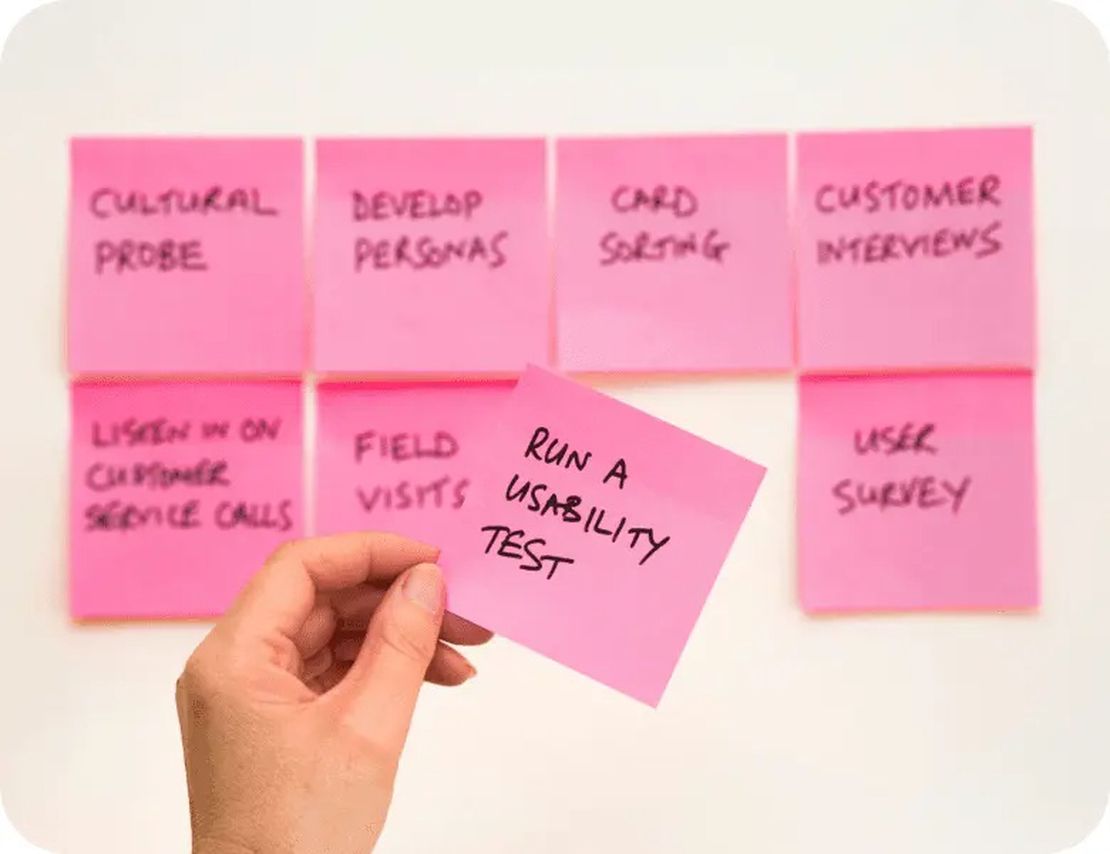“You can’t improve what you don’t measure.” This axiom holds especially true for CI/CD pipelines, where data-driven optimization is essential for maximizing system performance and team productivity. Yet many enterprises struggle to identify which metrics truly matter and how to effectively visualize them. This article explores the key CI/CD metrics that drive continuous improvement and strategies for building effective dashboards.
Core CI/CD Metrics for Enterprise Teams
Through our work at Continuity CI, we’ve identified several categories of metrics that provide valuable insights into pipeline health and performance:
1. Pipeline Performance Metrics
- Build Duration: Time from initiation to completion
- Queue Time: Time spent waiting for resources
- Stage Duration Breakdown: Time spent in each pipeline stage
- Build Success Rate: Percentage of successful builds
- Flaky Test Rate: Tests that inconsistently pass/fail
2. Delivery Process Metrics
- Deployment Frequency: How often deployments occur
- Lead Time for Changes: Time from commit to production
- Mean Time to Recovery: How quickly failures are fixed
- Change Failure Rate: Percentage of deployments causing incidents
3. Resource Utilization Metrics
- Agent Utilization: How efficiently build agents are used
- Cost per Build: Financial cost of infrastructure
- Resource Wait Time: Time spent waiting for specific resources
- Idle Resources: Percentage of unused capacity
Building Effective Dashboards
Data without context provides limited value. Effective dashboards transform raw metrics into actionable insights:
1. Purpose-Driven Dashboard Design
Different stakeholders need different views:
- Executive View: High-level health and trend metrics
- Team Lead View: Team performance and bottlenecks
- Developer View: Individual build performance and insights
- Operations View: Infrastructure utilization and scaling metrics
2. Visualization Best Practices
- Use time-series visualizations for trend analysis
- Implement heatmaps for identifying patterns
- Create workflow visualizations for process bottlenecks
- Establish clear threshold indicators (green/yellow/red)
3. Contextual Enrichment
Add context to make metrics actionable:
- Baseline comparisons (week-over-week, month-over-month)
- Team and project comparisons
- Correlation between related metrics
- Automatic anomaly detection
Implementation Strategies
Based on our experience implementing metrics systems for enterprises, we recommend:
1. Data Collection Architecture
- Centralized logging and metrics collection
- Standardized tagging for consistent aggregation
- Retention policies aligned with analysis needs
- Real-time and historical processing pipelines
2. Tool Selection
- CI/CD platform native metrics (Jenkins, GitLab, etc.)
- Specialized CI/CD metrics tools (BuildPulse, Hygieia)
- General-purpose observability platforms (Grafana, Datadog)
- Custom solutions for enterprise-specific needs
Case Study: Manufacturing Enterprise Transformation
At Continuity CI, we recently helped a manufacturing client implement comprehensive CI/CD metrics dashboards across their 200+ development teams. By focusing on four key metrics (build duration, deployment frequency, test flakiness, and resource utilization), they identified patterns that led to a 45% reduction in overall build time and a 3x increase in deployment frequency within six months.
Building effective CI/CD metrics and dashboards requires technical expertise and a focus on outcomes rather than just data collection. The investment pays significant dividends in pipeline efficiency, team productivity, and overall delivery speed. Contact our team to discuss how we can help your organization implement effective CI/CD metrics and dashboards tailored to your specific needs.





